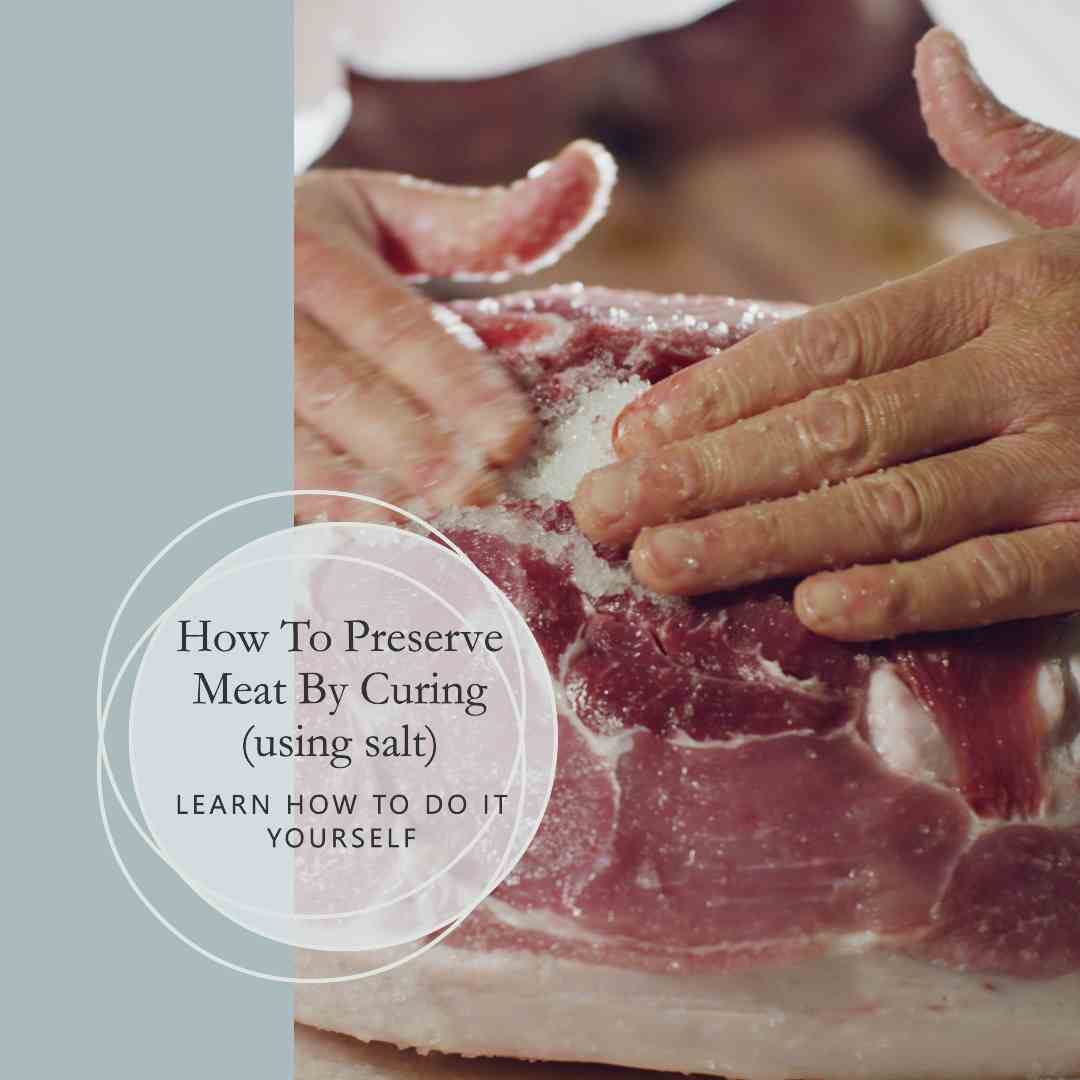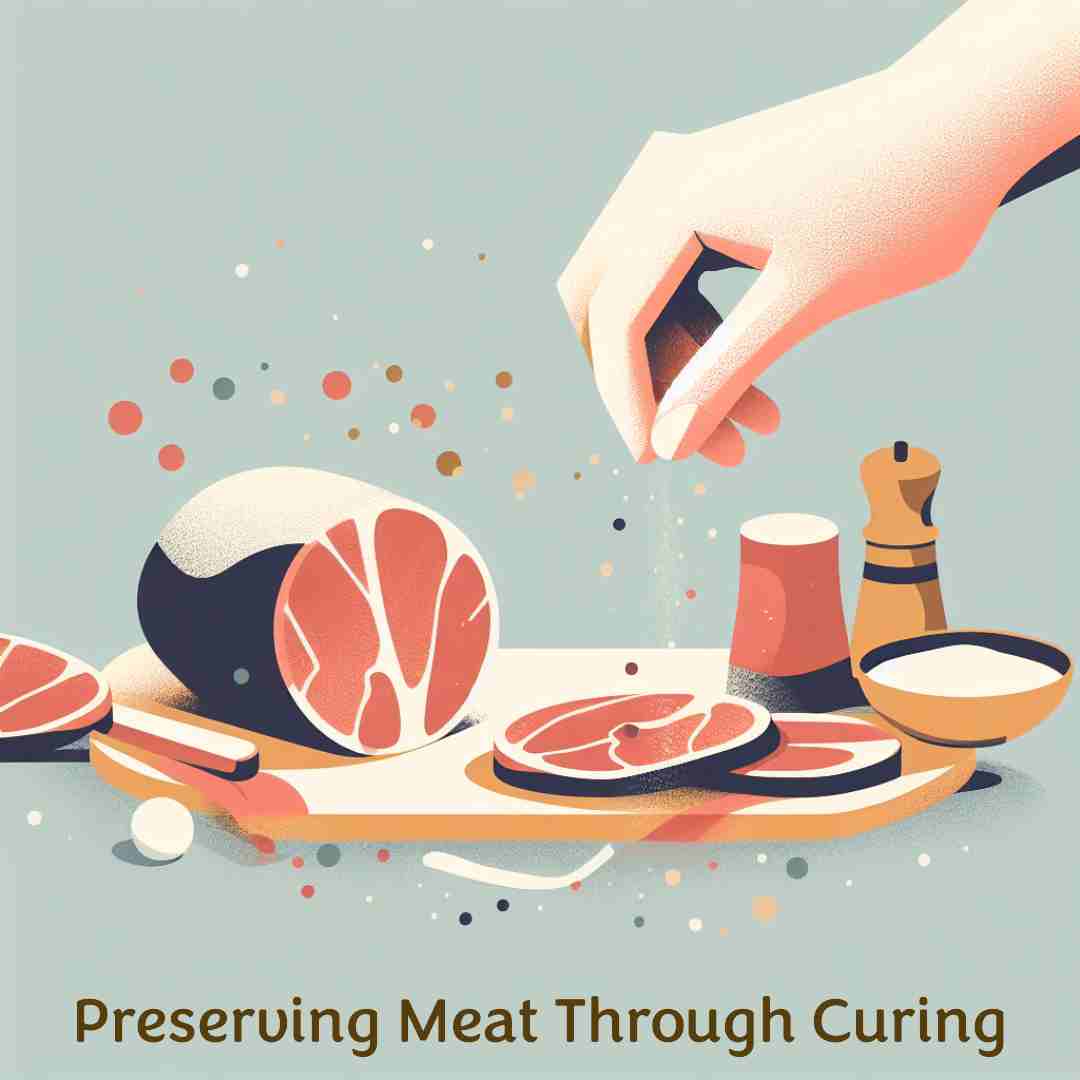How To Preserve Meat By Curing (using salt)

Make sure to like Living Green and Frugally on Facebook, Shop at amazon to help support my site and explore our PINTEREST BOARDS for innovative ways you can become self-sufficient.
Preserving meat has been a vital practice throughout history, enabling societies to sustain themselves during periods of scarcity and ensuring a steady food supply. Among the oldest and most effective methods is the preservation of meat with salt, a technique deeply rooted in history. This article not only delves into the traditional process of salting meat but also explores the historical context behind this practice while considering alternative modern preservation methods.
History of Preserving Meat with Salt
The practice of preserving meat with salt dates back thousands of years, with evidence of its use in ancient civilizations such as the Mesopotamians, Egyptians, and Romans. Salt was a precious commodity, valued for its ability to preserve food and was often used as a form of currency.
In ancient times, salt was applied to meat as a means of extending its shelf life. By coating meat with salt, moisture was drawn out, creating an environment inhospitable to bacteria that cause spoilage. This method allowed societies to store meat for extended periods without the need for refrigeration, making it invaluable for long journeys, harsh winters, or times of scarcity.
During the Age of Exploration, preserving meat with salt became crucial for sailors undertaking long voyages. Ships would stockpile salted meats like beef, pork, and fish, known as “salted provisions,” to sustain crews during their journeys across oceans.

Preserving Meat with Salt: Traditional Technique
Salting Process:
Step 1: Preparation
Selecting high-quality, fresh meat and meticulously trimming excess fat and gristle was crucial for successful preservation.
Step 2: Applying Salt
Generously coating all sides of the meat with coarse salt ensured thorough preservation. This method was often augmented with additional spices or herbs for added flavor.
Step 3: Curing
The salted meat was layered in containers or on surfaces, with salt added between layers for multiple pieces. Curing took place in cool, dry environments for days to weeks, with periodic turning and draining of accumulated liquid.
Step 4: Preservation
Rinsing the cured meat to remove excess salt and allowing it to dry in well-ventilated areas created a protective crust, finalizing the preservation process.
Video of the process
Other Methods for Preserving Meat:
Smoking
Expose meat to smoke from burning materials like wood chips or sawdust. The smoke’s chemicals and low heat aid in drying the meat and prevent bacterial growth.
Canning
Seal cooked or uncooked meat in airtight containers and heat to destroy bacteria. The heat creates a vacuum seal, preventing contamination.
Freezing
Store meat at temperatures below 0°F (-18°C) to halt bacterial growth and enzymatic reactions, preserving its quality for an extended period.
Dehydration
Remove moisture from the meat through air-drying or specialized equipment like dehydrators. Dehydration inhibits bacterial growth, extending the meat’s shelf life.
Conclusion
Preserving meat with salt, deeply intertwined with human history, stands as a testament to our ancestors’ ingenuity in ensuring food security. Understanding both traditional techniques and modern advancements in meat preservation empowers individuals to maintain a stable and safe food supply, honoring age-old practices while embracing contemporary methodologies. Whether employing ancient methods or utilizing modern technologies, the goal remains constant: ensuring sustenance and security for generations to come.
